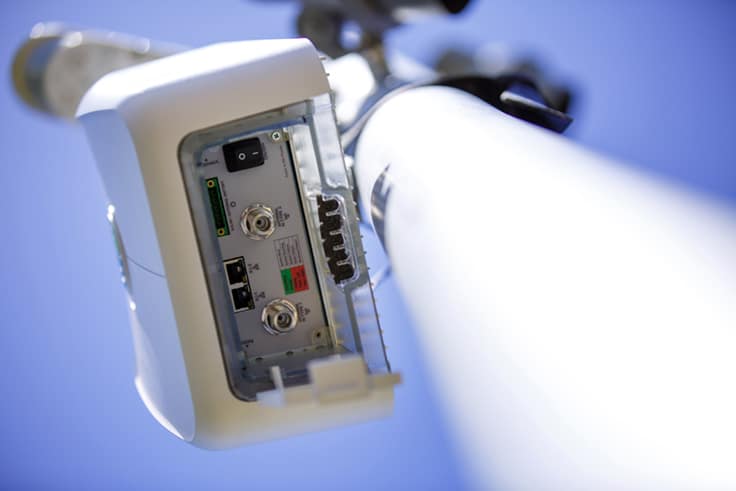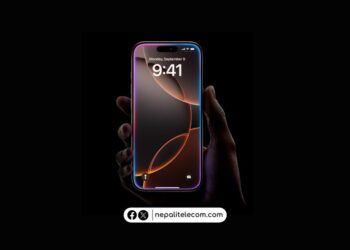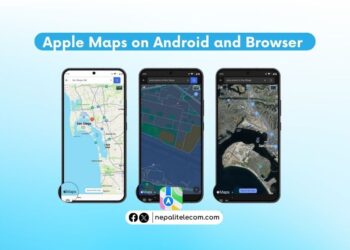July 7, 2016: Facebook, the biggest social network in the world is known to be working from quite some time on some technology to provide internet service in remote areas where the existing cellular operators are falling short to reach. Despite hindrance of its basic internet service in some countries like India, they have announced a new platform called open cellular. Considering the fact that more than 4 billion people have no access to internet and 10 percent of world’s population are living outside cellular connectivity reach, Facebook designed open source and cost effective, software defined wireless platform shall improve the connectivity there with the lower cost of infrastructure and operation.
Open Cellular is an open source wireless platform that is designed to set up a complete network from the hardware that attaches to a tree or lamp posts or pole to the software that runs it. As the traditional cellular are very expensive, it is a great challenge to deploy it everywhere including small local connectivity problem to a rural area as a whole. Facebook is known to be working with Telecom Infra Project (TIP) members to make the infrastructure affordable and enable operators to deploy any communication technology from 2G to LTE in places where coverage is scarce. It can also be used by researchers to entrepreneurs, to build and operate wireless networks in remote places. They can customize the platform to meet their connectivity needs both in rural and urban areas. “The hardware is about the size of a shoe box and can support up to 1500 people as far as 10 km away” writes Mark Zuckerberg in his Facebook status.
Facebook is known to have tested the system in their labs and working with different manufacturers and players to make the OpenCellular platform widely available. From the test, they are able to send/ receive SMS messages, make voice calls and use data connectivity using 2G implementation in their platform. Further trials at certain locations will be performed to validate the technical, functional and operational issues of the hardware.
More technical details are not yet disclosed but as it is an open platform, it will be known after it is ready to be used, most probably within few months as per some news. If the platform launches smoothly, then this will certainly increase the accessibility of basic connectivity and broadband to all parts of the world. This sort of technology will be beneficial to a country like Nepal where accessibility to basic communication and internet is difficult in the remote mountainous areas.
Comments













